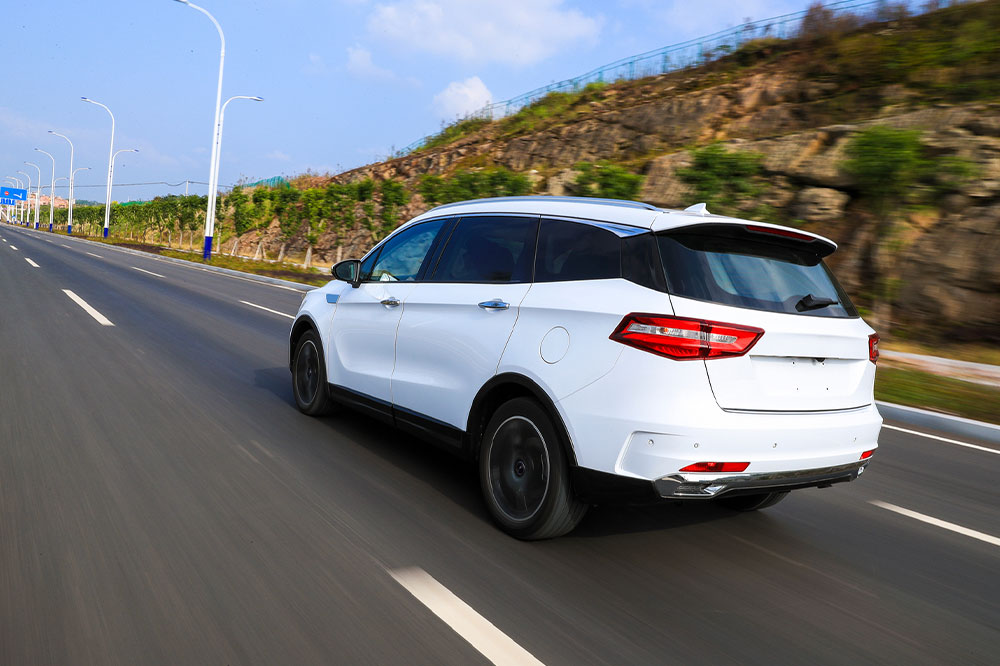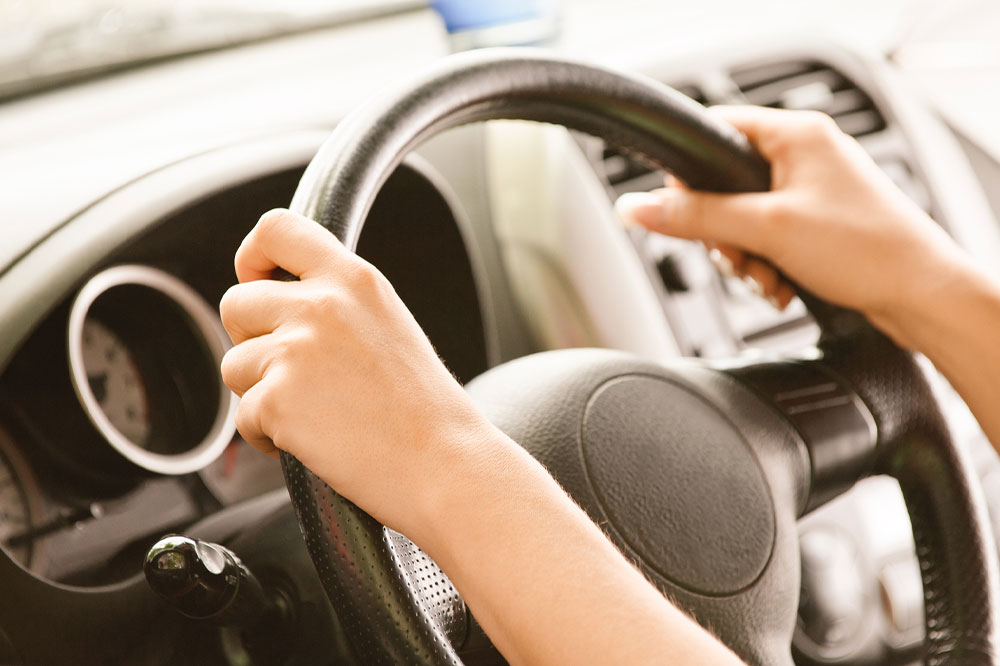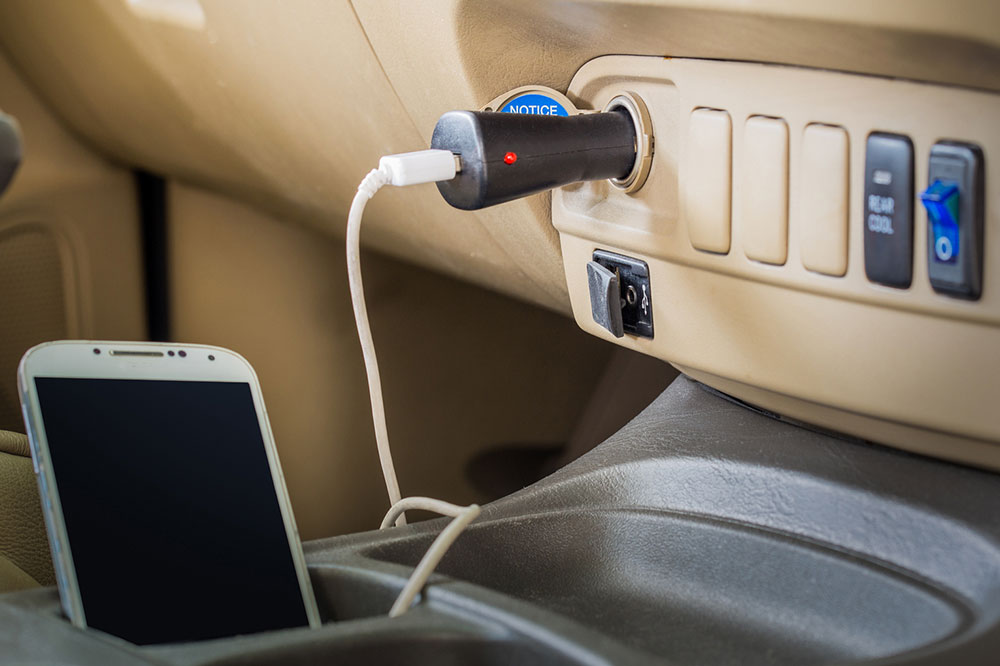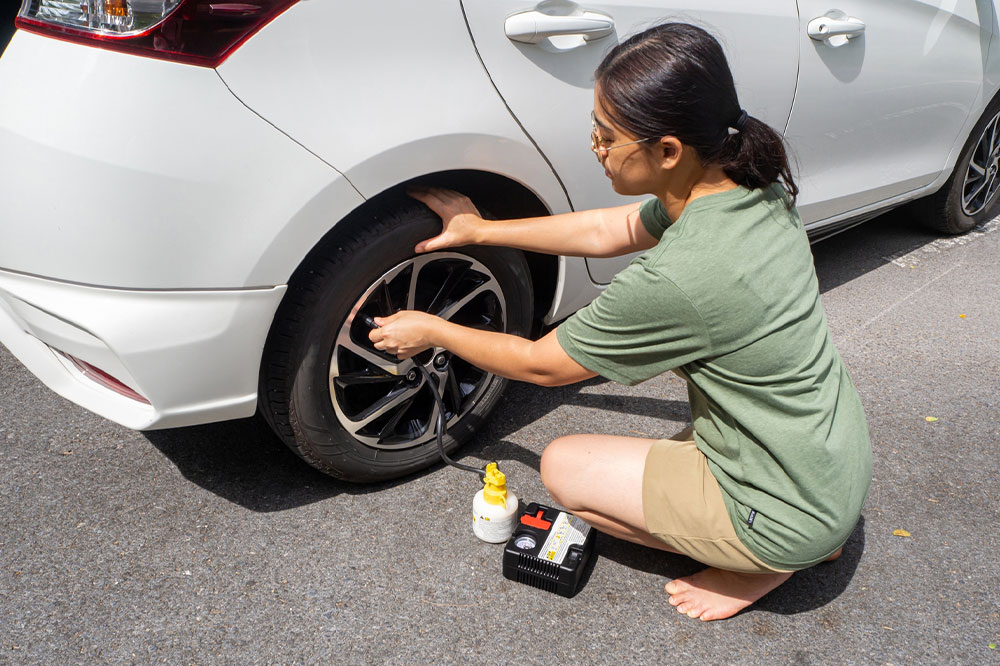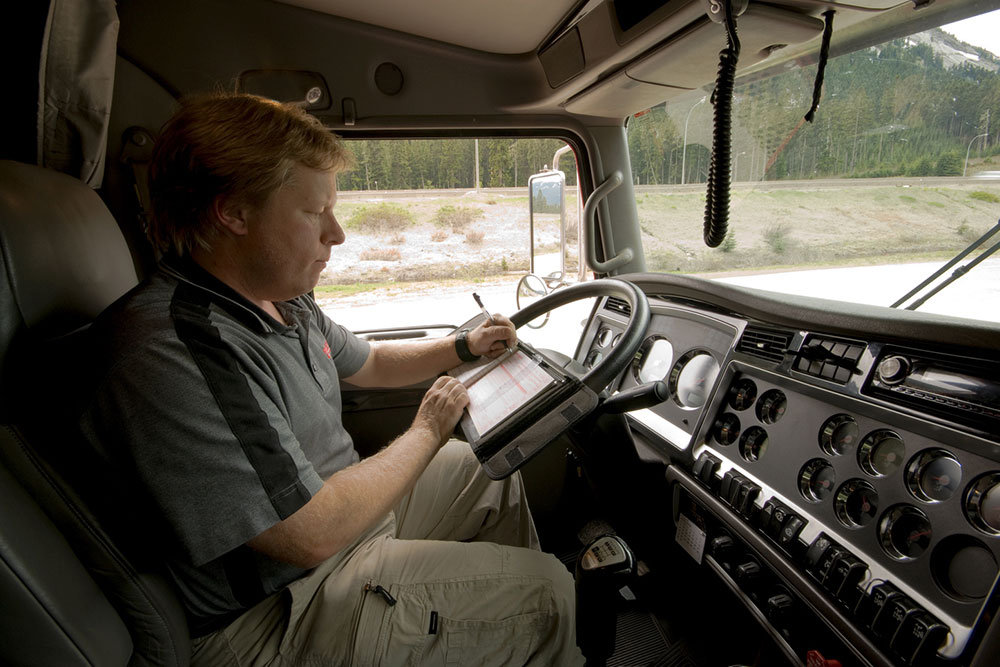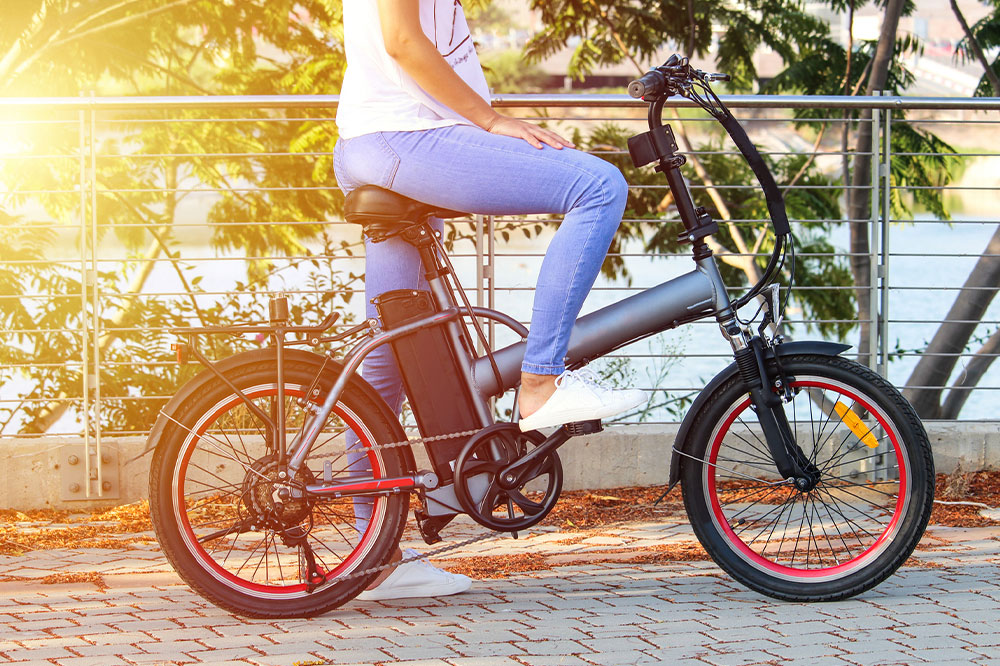
5 mistakes to avoid while buying an e-bike
E-bikes are becoming popular, thanks to their easy availability and the need to switch to environment-friendly modes of transport. These bikes are excellent for small jobs that don’t need much physical labor. But if you’re looking for an e-bike, you’ll come across many options that differ in brand, battery type, and style, making it hard to choose. Avoiding the following mistakes will help you make the right decision while buying your first e-bike. Selecting the wrong size Bikes come in different sizes, and buying the right size makes riding much more convenient. You can get on and off easily and ride without bending too much and hurting your back and neck as a result. If you’re already dealing with hip or mobility issues, some brands have e-bikes designed to maintain posture and prevent aggravating these problems. Another great benefit of buying the right size is that you get perfect leg extension, which is essential while riding. Buying without a warranty or domestic customer service Not having a warranty on your bike is a rookie mistake that needs to be avoided. Regardless of how famous or technologically advanced the brand is, some parts can stop working at any point. A warranty allows you to go back to the shop and claim a repair or replacement without paying from your pocket.
Read More 